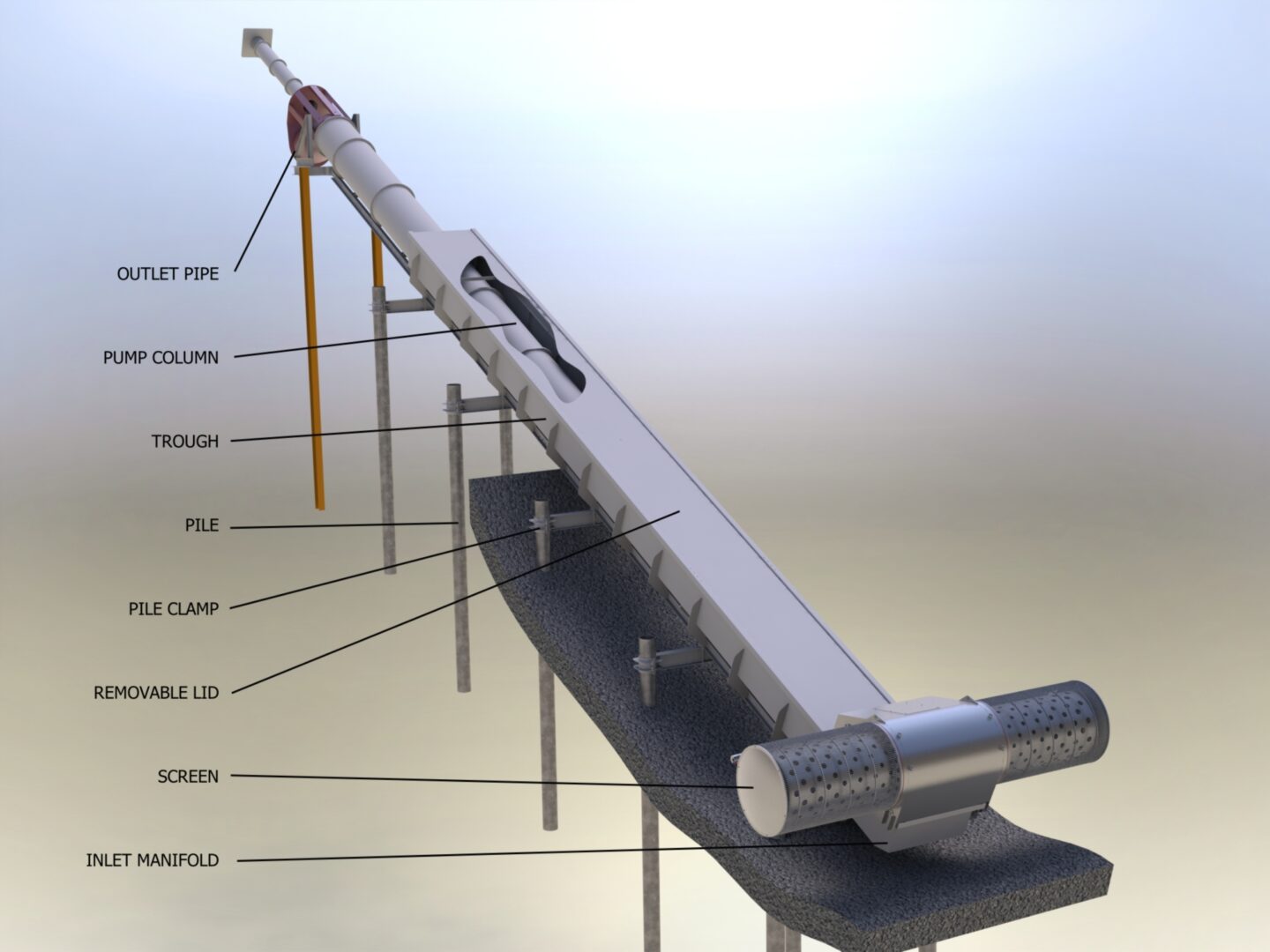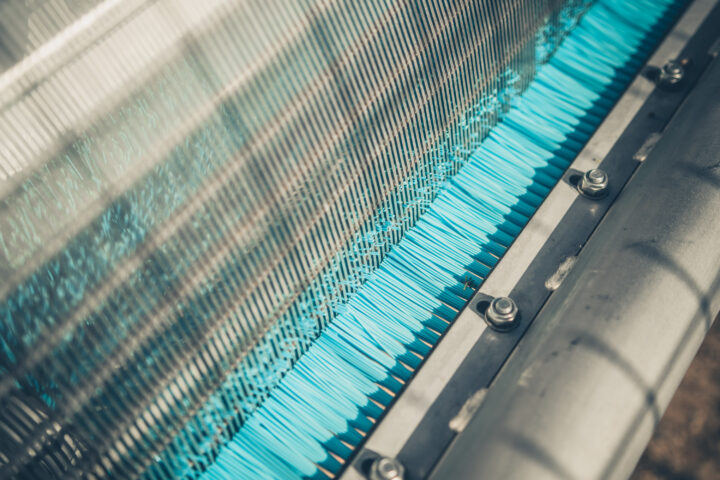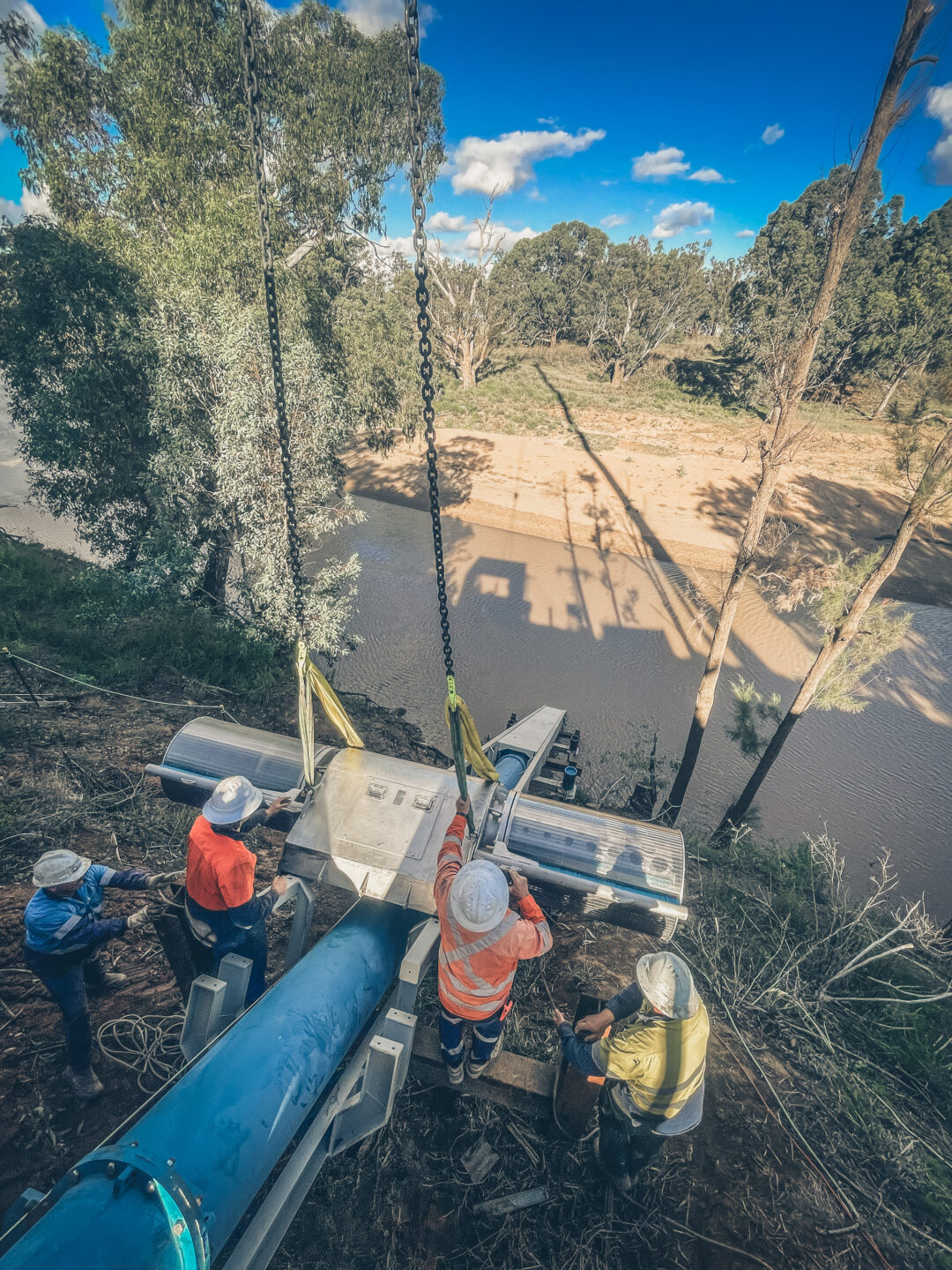My Fish Screens Story: Billy Browning, Narramine Station, NSW.
Our farm in the Murray Darling Basin in New South Wales is a family farm. We’ve been here for a few generations now. I work alongside my brother and my mother, and our team of employees.
We’re in irrigated and dry land cropping. We’re about 70% flood irrigation and 30% overhead sprinkler irrigation. We irrigate directly off the Macquarie River, so we’re directly from our water source to the field. Our main irrigation crops are chickpeas and seed canola in the winter, then in the summer – which is a main irrigation programme – cotton and beans.
Our fish screens went in in May 2024. We would generally use it to water or irrigate some winter crops. However, the way the season’s panning out here in central NSW, it doesn’t look like we’ll have to irrigate any winter production. So, we’ll wait for the cotton season to kick off, and start then. So, we’re excited for October to come around.
It’s a big project to be involved in, and we’re very grateful for the opportunity. There will be so many benefits from being in the Macquarie River Screening Program. We were lucky enough to obviously meet the AWMA guys, and the NSW DPIRD. And our site is in a great area, on a nice big bend of a river.
There’s probably, I guess, two ways to look at why we decided to get fish screens. First, there’s the social and environmental side. The irrigation industry has copped a bit of criticism in previous years regarding water use. And that’s not just a specific crop – that’s just irrigation in general. We felt that being on the forefront of showing the upside of these fish screens would be a great thing to be involved in. We wanted to make sure these fish screens are doing what they’re going to be designed to do – which is protecting native fish and waterways going forward.
Second, there’s the economics and pump productivity of a fish screen. Irrigation pumps are a massive part of our infrastructure. If they break down, it can pretty much stop the show. Of course, they never break down in a quiet time, they always break down in a busy period.
Nozzles were blocking once every four days. Like you’ve got to run around and check the nozzles. It’s not every nozzle on the pivot, but it’s common that nozzles get blocked for us. It will be tiny shrimp heads in there, or gum nuts from the trees or pine needles, or debris and sticks going through the pump system.
And yes, we can get intake filters, but, again, you’re having to clean them all the time. The AWMA screens are down to 2 mm. I believe they won’t let anything through the pump. With the bonus being they’re self-cleaning too.
By putting a fish screen on our pump, we’re preventing rocks or sticks entering the impellers. This should increase the life of our pump, and the wear on components – without impacting on productivity.
The screens should save us from unblocking sprinklers, which means more effective water – and actually putting out what you pay for. The upside there should be fantastic for us, both labour saving and hopefully yield increasing, and then pump and repair and maintenance costs as well.
We love fishing. So that’s what we’re doing in our pastime. Murray cod and yellow belly (golden perch) are two species that we fish for when they’re in season, and carp, the invasive species. During the drought, when the river was critically low, the increase in carp was obvious. Their ability to survive in those, you know, tougher times was definitely evident in the numbers – especially further downstream where the river gets narrower and shallower.
We seem to have a healthy population of Murray cod in the Macquarie. I’m obviously no fish scientist but working with the DPIRD researchers: they’re pretty positive about the numbers in the Macquarie – but we want to protect that going into the future.

